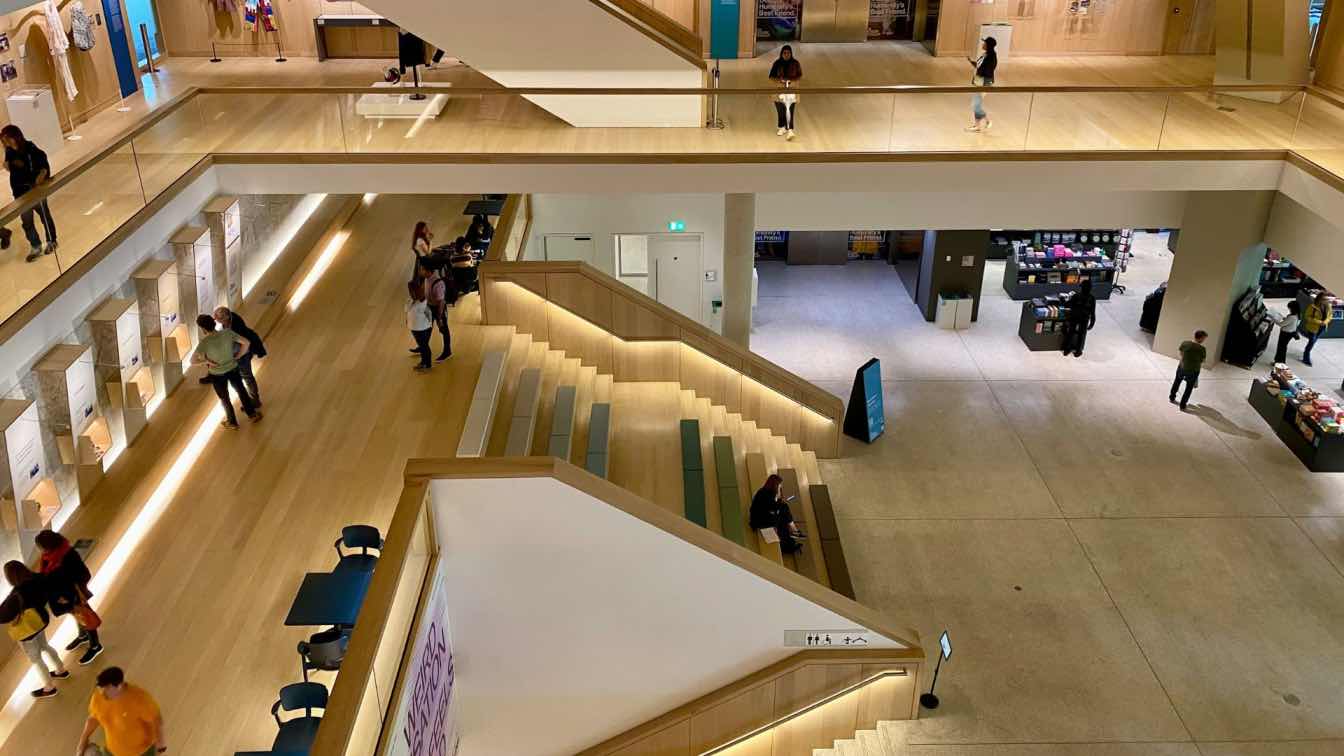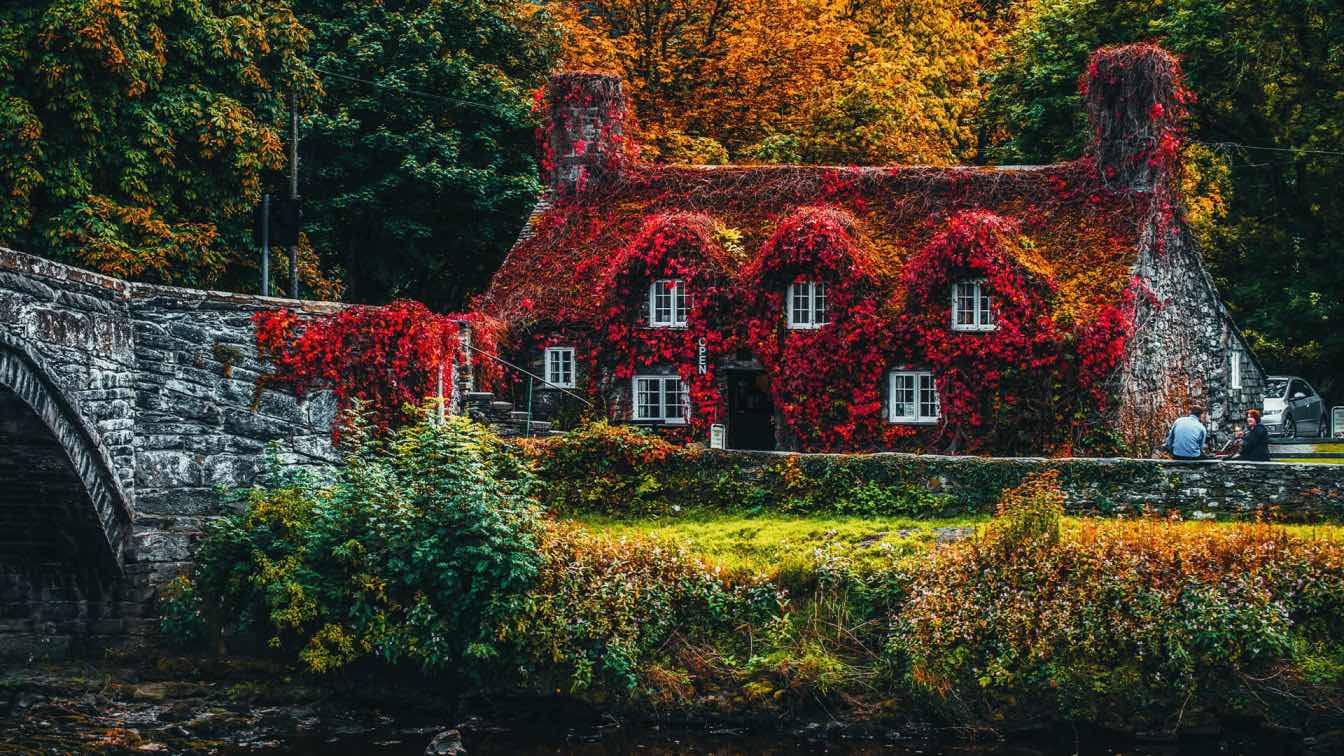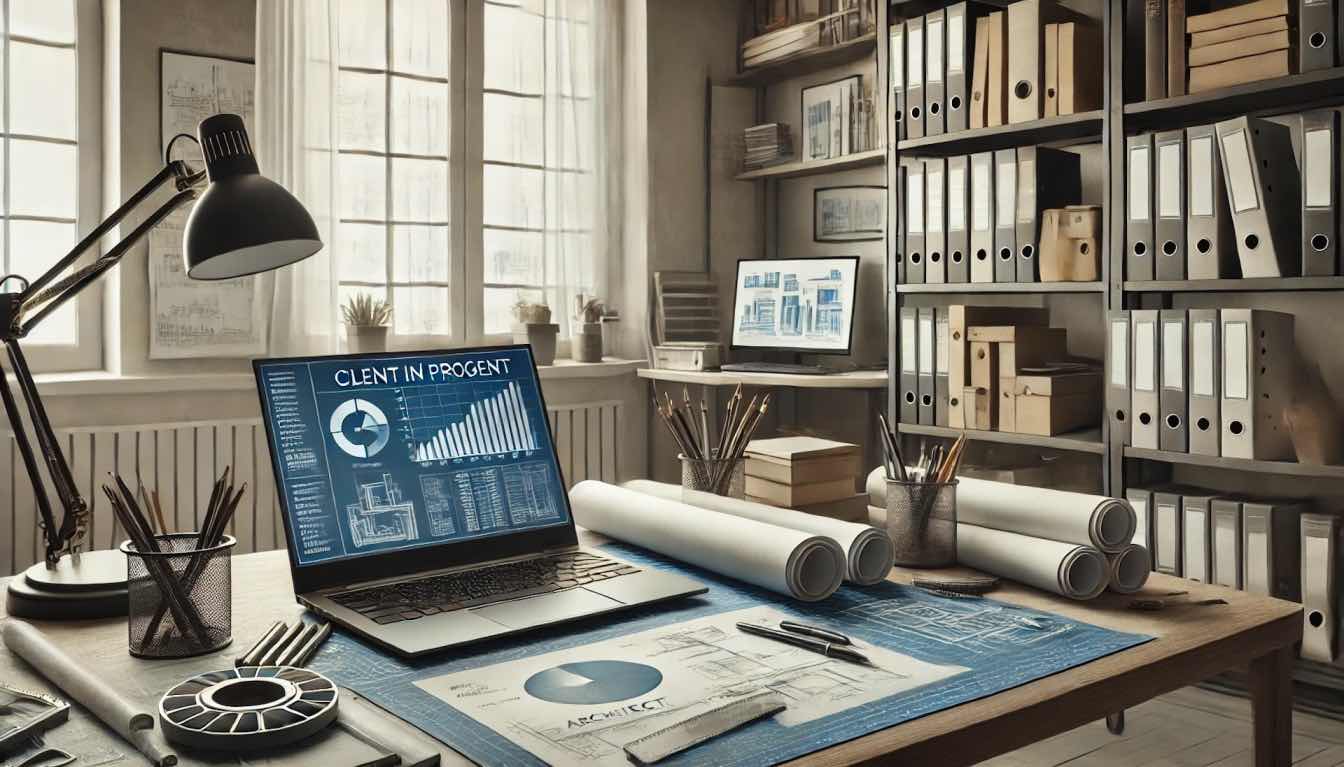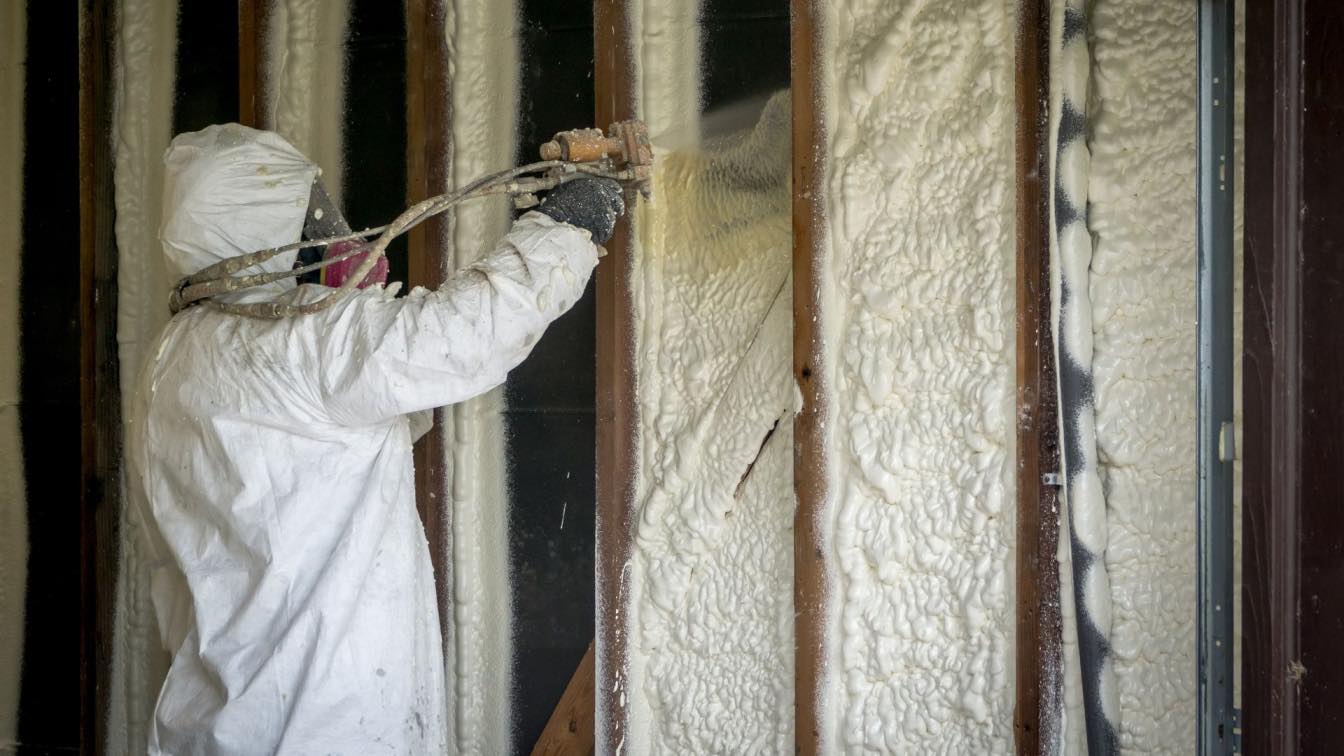As an international design firm, AEC is active across the broadest field of architecture, engineering and design. Design plays and important role in keeping people safe, connected and engaged in their community. The pandemic has made clear how valuable human interaction is and how impactful the spaces in which we gather have become. With all the additional time we are spending at home, the pandemic has made most of people aware of what they like or dislike about the space they live in. Since the start of this pandemic time, not being able to work and socialize together with others in person has shown how important and valuable the places and spaces which we live, work and play are to human health and well-being.
Housing needs a new approach, spaces inside and out of residential units will need to be designed for increased flexibility while promotion functionality. Residential common areas should became more adaptable to addressing collaboration, socializing and productivity. A more people centric design process would place for greater priority on accessibility and inclusiveness. Designing healthier places is vital to ensure the future of cities. The growing acceptance of home working has prompted many urban dwellers to consider a move out, to lower density areas where they can find more space and nature environment.
〰 Reconnect with nature and redefine public and private spaces.
The growing desire and appreciation for healthy fresh air and connection to the outdoors, will increased demand for private and open outdoor spaces, especially in residential development. The opportunity we see is a realignment for all the projects with human experience, designing with people at the center. Facilities can improve access to clean air by increasing the quantity and quality of filtered air and reinforcing the importance of operable windows. We have an opportunity to extend gardens into building design, add terraces lounges and community living gardens. Generous opening through the facade can provide more indoor lighting and panoramic view to the exterior. From an architect’s perspective, this presents an opportunity to create a new character for our cities and to improve the quality of life of inhabitants.
 Illustrative CGI view looking the building public space. (Courtesy of AEC)
Illustrative CGI view looking the building public space. (Courtesy of AEC)
〰 Building stronger communities.
The city is a communicative space that tells us about the changing culture and values of society, what should our attitude be to the post-pandemic of twenty-first-century architecture and urban life? Is it possible that architecture could be something larger than just designing buildings, something more like an atmosphere that surrounds us, inspires us and protects us? A civic atmosphere that can contribute to the urban framework of the city, the built environment will need to evolve, post-pandemic. More consideration to redefining the public and private spaces, reconnecting with nature, stronger multigenerational communities, pedestrian paths, flexibility and adaptability of the indoor spaces for rejuvenation, productivity, safety, and holistic living.
The narrative of architecture is transforming due to pandemic. It’s this community element that we believe needs to become a fundamental part of all housing projects. It reduces the spatial needs compared to if everyone privately claims space for their amenities.
In the “Oudong Masterplan” project in Cambodia, one way we’re trying to foster this is through the requirement that every plot of land include some element of shared space, such as a garden where people can come together to grow their own food. We have introduced amenity spaces such as garden, terraces, lounge spaces, inner courtyards, providing residents with places to meet and interact.
 Illustrative CGI view looking toward the terraces. (Courtesy of AEC)
Illustrative CGI view looking toward the terraces. (Courtesy of AEC)
〰 Design with future in mind.
Homes can use movable walls and screens to transform an open-plan apartment into various dedicated spaces. Inside the apartments, we’re going to also see a shift in how the space is used, with flexibility and adaptability as the key focus. Here, each unit feature an interior design module system, which enables residents to move elements such as their living room and work area, out of the way when not needed. If remote working becomes the new norm, there will be a growing need for functional private offices to be an essential part of the home. Concepts like incorporating nature with home offices, a workplace designed to give an experience similar to the outdoor workspaces, sensory space for a better work environment.
This model of urban living means the layout of a home is not fixed, but instead can be reconfigured. And in this way, we can also integrate sustainability standards, design principles, materials, installations and technologies from the start, across all developments. It's intriguing how pandemic has forced us all to pay more attention to how buildings are affecting the way we live, our mood and our behaviour. We need to analyse the quality of indoor spaces, we inhabit and consider how they could turn out better for us in the future.
This argues for far more energy-efficient homes, open-air spaces, generous apartment sizes, diverse co-working spaces and circulation space, and internal adaptability. An environmental approach of interior spaces for a better future – for both people and the planet.
 Seeing the facade, emphasize sustainability and biomimicry. (Courtesy of AEC)
Seeing the facade, emphasize sustainability and biomimicry. (Courtesy of AEC)
“A more people centric design process would place for greater priority on accessibility and inclusiveness. We can consider to implements design that support positively impact the short and long term mental status of individuals by incorporating the natural environment through interior and exterior design.” says Alessandro Mangano. “Designing healthier places is vital to ensure the future of cities.”
For more information, contact Alessandro Mangano, partner at AEC to start a conversation about how their consulting services can support you. In addition to Alessandro, AEC contributors to this study included Ankitha Dev and Andrea Cocinelli.





